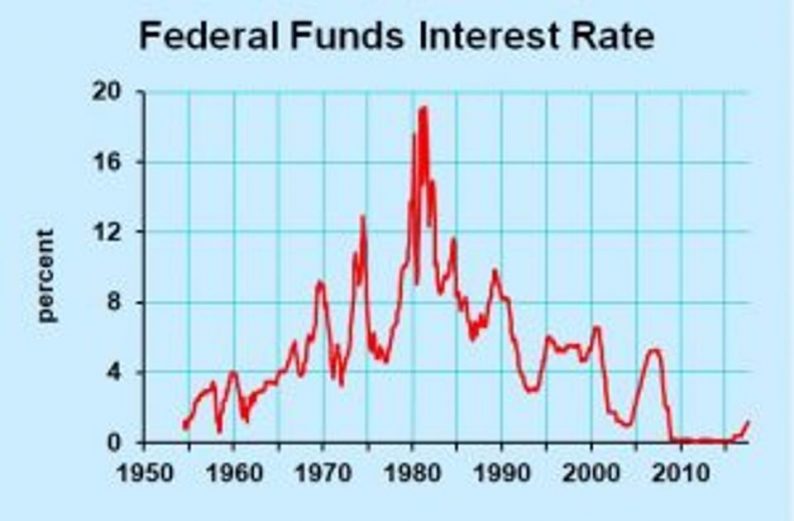Interest rates on deposits at banks, and even credit unions, are so low as to hardly be worth the bother. Bank profitability is up, the FDIC reported, and some banks are increasing their dividends. So why aren’t they paying more on deposits?
Banks make most of their profits by taking in deposits, lending the money out in loans, and receiving more interest income than they pay out. When I was a bank economist, I split our earnings into two buckets. The deposit bucked reflected the difference between what we paid on deposits and the risk-free interest rate we could receive in wholesale markets, called the Federal Funds rate. The loan bucket reflected the margin above the Federal Funds rate that we earned on loans.
The deposit profits were not as great as they appeared to be simply looking at interest expense, because one true cost of deposits is the free service provided to checking account customers. Checks and deposits are processed, monthly statements prepared and often mailed. On the positive side, fees were collected for things such as overdrafts.

Dr. Bill Conerly based on data from the Federal Reserve
Federal Funds Interest Rate
This business model was troubled by low interest rates. Back when the Federal Funds rate was five percent and banks paid savers three to four percent interest, banks were happy. But then the Federal Funds rate went to 8/100ths of one percent. But it’s hard to pay a percentage point below Federal Funds when Federal Funds pays about zero. So when interest rates fell, banks could not maintain their usual profit margin. They raised fees and boosted minimum balance requirements to offset the loss of margin, but still felt squeezed. Regulatory costs also rose, though check processing efficiencies improved.
Now the Federal Funds rate is up to 1.15 percent, and it seems time for banks to start raising deposit rates. Not much is happening, though, and customers wonder why not. The problem is that banks don’t have much need for deposits. Sure, they are making loans, but they still have plenty of money left over. Banks have substantially more deposits than loans now, so they are not anxious for savers to walk in the doors. They like the relationship with depositors, which provides the potential to make loans and sell other services, but the deposit itself isn’t worth much.













Leave A Comment